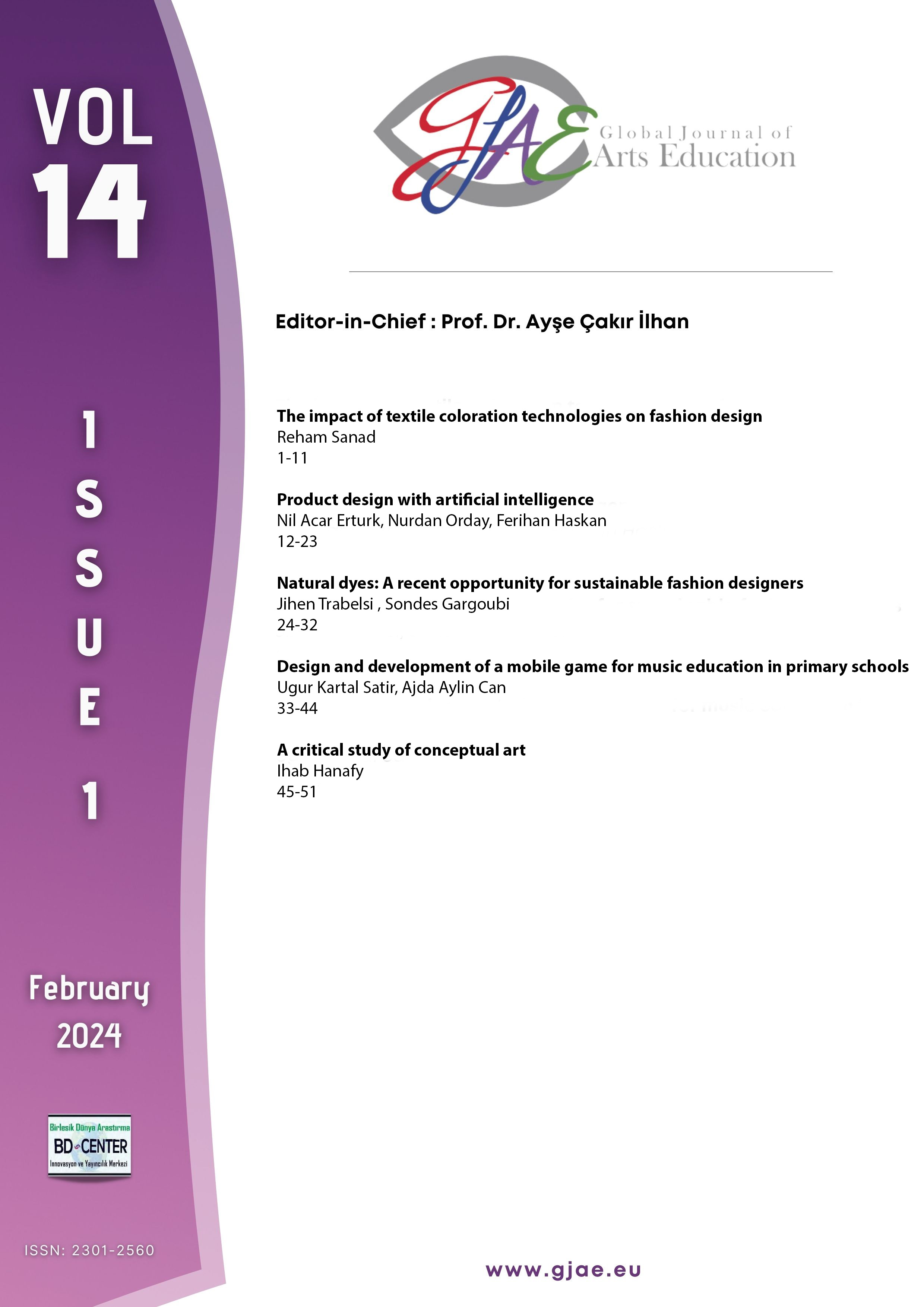Product design with artificial intelligence
Main Article Content
Abstract
The study aims to overcome limitations by incorporating artificial intelligence concepts into design and development studies, to improve products, improve the ability to interpret design, minimize design development costs, and create more product designs quickly. The kind of algorithm the artificial intelligence sites have and the results obtained according to the entered data were previewed. Technical terms describing the product, washing, and futuristic definitions related to denim have been entered on sites that offer extensive resources for artificial intelligence design, and all the details about how the strongest of the design options offered on the site should be transformed into the product have been interpreted by our designers. These interpretations were converted into technical drawings and the sampling process was started. Denim trousers were chosen as the product, and in addition to the model design, the image given by artificial intelligence was tried to be captured during the washing phase. As a result of the study, positive results were obtained in terms of removing many boundaries and gaining a different perspective as a designer.
Keywords: Artificial intelligence; design; technology; textile
Downloads
Article Details
Authors who publish with this journal agree to the following terms:
- Authors retain copyright and grant the journal right of first publication with the work simultaneously licensed under a Creative Commons Attribution License that allows others to share the work with an acknowledgement of the work's authorship and initial publication in this journal.
- Authors are able to enter into separate, additional contractual arrangements for the non-exclusive distribution of the journal's published version of the work (e.g., post it to an institutional repository or publish it in a book), with an acknowledgement of its initial publication in this journal.
- Authors are permitted and encouraged to post their work online (e.g., in institutional repositories or on their website) prior to and during the submission process, as it can lead to productive exchanges, as well as earlier and greater citation of published work (See The Effect of Open Access).

